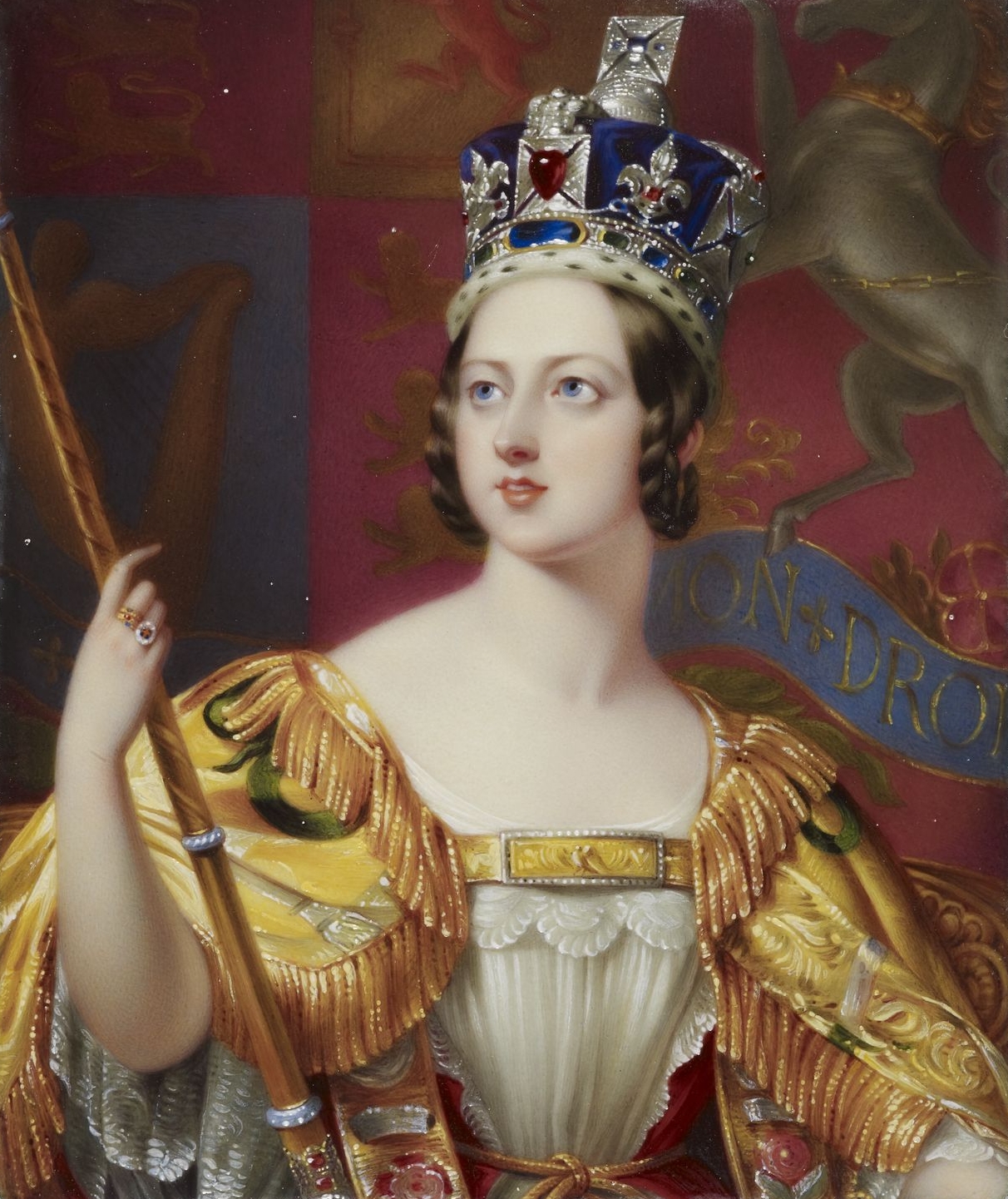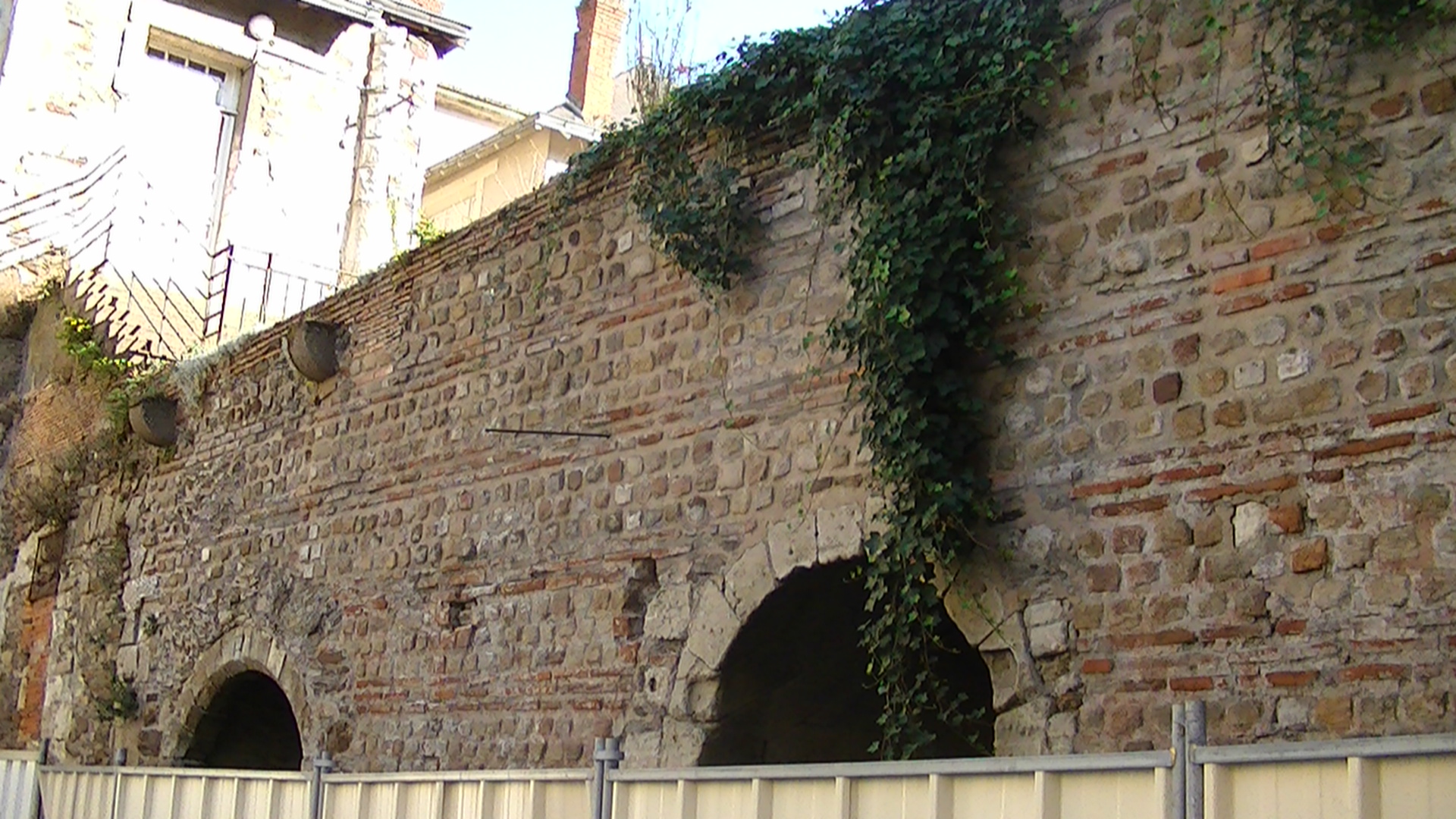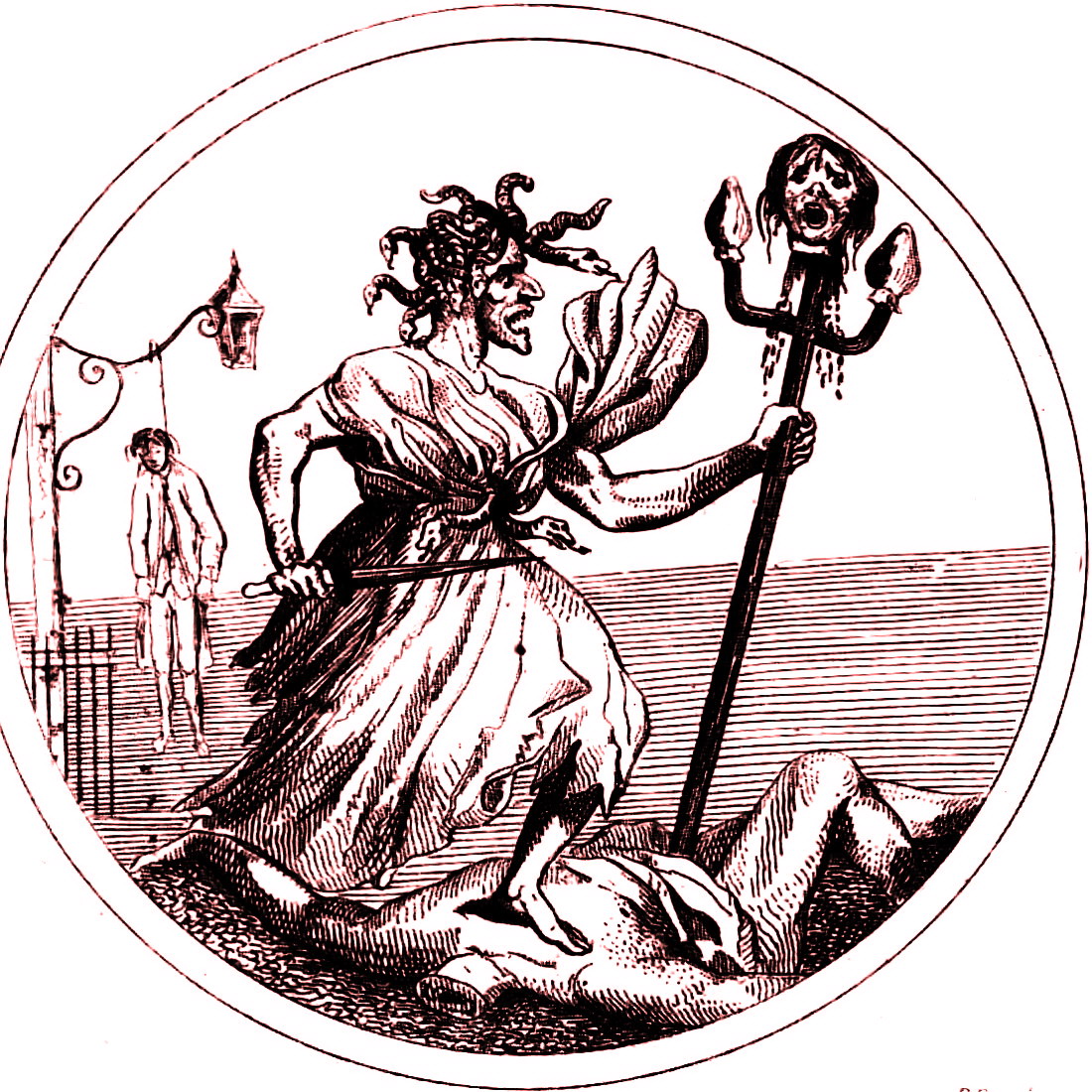|
Jean-François Varlet
Jean-François Varlet (; 14 July 1764 – 4 October 1837) was a leader of the Enragés faction during the French Revolution. He was important in the fall of the monarchy and the Insurrection of 31 May – 2 June 1793. Life Born in Paris on 14 July 1764 into a family of the petty bourgeoisie, Jean-François Varlet studied at the Collège d'Harcourt. He welcomed the Revolution with enthusiasm and wrote patriotic songs. However, at 21 Varlet was too young to be eligible for an elected position, so he turned to popular agitation instead. He was an early supporter of the radical Jacques Hébert. Varlet first rose to prominence through his opposition to the monarchy. When Louis XVI attempted to flee Paris, Varlet circulated petitions in the National Assembly and spoke against the king. He helped organize the popular protests that ended in the Champ de Mars massacre. On 10 August 1792, the Legislative Assembly suspended the king and called for the election of a Nationa ... [...More Info...] [...Related Items...] OR: [Wikipedia] [Google] [Baidu] |
Paris
Paris () is the Capital city, capital and List of communes in France with over 20,000 inhabitants, largest city of France. With an estimated population of 2,048,472 residents in January 2025 in an area of more than , Paris is the List of cities in the European Union by population within city limits, fourth-most populous city in the European Union and the List of cities proper by population density, 30th most densely populated city in the world in 2022. Since the 17th century, Paris has been one of the world's major centres of finance, diplomacy, commerce, culture, Fashion capital, fashion, and gastronomy. Because of its leading role in the French art, arts and Science and technology in France, sciences and its early adoption of extensive street lighting, Paris became known as the City of Light in the 19th century. The City of Paris is the centre of the Île-de-France region, or Paris Region, with an official estimated population of 12,271,794 inhabitants in January 2023, or ... [...More Info...] [...Related Items...] OR: [Wikipedia] [Google] [Baidu] |
Universal Suffrage
Universal suffrage or universal franchise ensures the right to vote for as many people bound by a government's laws as possible, as supported by the " one person, one vote" principle. For many, the term universal suffrage assumes the exclusion of the young and non-citizens (among others). At the same time, some insist that more inclusion is needed before suffrage can be truly universal. Democratic theorists, especially those hoping to achieve more universal suffrage, support presumptive inclusion, where the legal system would protect the voting rights of all subjects unless the government can clearly prove that disenfranchisement is necessary. Universal full suffrage includes both the right to vote, also called active suffrage, and the right to be elected, also called passive suffrage. History In the first modern democracies, governments restricted the vote to those with property and wealth, which almost always meant a minority of the male population. In some jurisdiction ... [...More Info...] [...Related Items...] OR: [Wikipedia] [Google] [Baidu] |
1837 Deaths
Events January–March * January 1 – The destructive Galilee earthquake of 1837, Galilee earthquake causes thousands of deaths in Ottoman Syria. * January 26 – Michigan becomes the 26th state admitted to the United States. * February 4 – Seminoles attack Fort Foster in Florida. * February 25 – In Philadelphia, the Institute for Colored Youth (ICY) is founded, as the first institution for the higher education of black people in the United States. * February – Charles Dickens's ''Oliver Twist'' begins publication in serial form in London. * March 1 – The Congregation of Holy Cross is formed in Le Mans, France, by the signing of the Fundamental Act of Union, which legally joins the Auxiliary Priests of Blessed Basil Moreau, CSC, and the Brothers of St. Joseph (founded by Jacques-François Dujarié) into one religious association. April–June * April 12 – The conglomerate of Procter & Gamble has its origins, when British-born businessmen William Procter and J ... [...More Info...] [...Related Items...] OR: [Wikipedia] [Google] [Baidu] |
1764 Births
Events January–June * January 7 – The Siculicidium is carried out as hundreds of the Székelys, Székely minority in Transylvania are massacred by the Habsburg monarchy, Austrian Army at Madéfalva. * January 19 – John Wilkes is expelled from the House of Commons of Great Britain, for seditious libel. * February 15 – The settlement of St. Louis is established. * March 15 – The day after his return to Paris from a nine-year mission, French explorer and scholar Anquetil Du Perron presents a complete copy of the Zoroastrianism, Zoroastrian sacred text, the ''Zend Avesta'', to the Bibliothèque nationale de France, ''Bibliothèque Royale'' in Paris, along with several other traditional texts. In 1771, he publishes the first European translation of the ''Zend Avesta''. * March 17 – Francisco Javier de la Torre arrives in Manila to become the new Spanish Governor-General of the Philippines. * March 20 – After the British victory in the ... [...More Info...] [...Related Items...] OR: [Wikipedia] [Google] [Baidu] |
Melbourne University Press
Melbourne University Publishing (MUP) is the book publishing arm of the University of Melbourne. The press is currently a member of the Association of University Presses. History MUP was founded in 1922 as Melbourne University Press to sell text books and stationery to students, and soon began publishing books itself. Over the years scholarly works published under the MUP imprint have won numerous awards and prizes. The name ''Melbourne University Publishing'' was adopted for the business in 2003 following a restructure by the university, but books continue to be published under the ''Melbourne University Press'' imprint. The company's mandate was expressed by the tag line, "Books with Spine", which was coined by the writer Guy Rundle when Louise Adler asked him for a suitable motto. The tag line was later changed to "Australia's first university press". The Miegunyah Press is an imprint of MUP, established in 1967 under a bequest from businessman and philanthropist Russell Gri ... [...More Info...] [...Related Items...] OR: [Wikipedia] [Google] [Baidu] |
July Revolution
The French Revolution of 1830, also known as the July Revolution (), Second French Revolution, or ("Three Glorious [Days]"), was a second French Revolution after French Revolution, the first of 1789–99. It led to the overthrow of King Charles X of France, Charles X, the French House of Bourbon, Bourbon monarch, and the ascent of his cousin Louis Philippe I, Louis Philippe, Duke of Orléans. The 1830 Revolution marked a shift from one constitutional monarchy, under the Bourbon Restoration in France, restored House of Bourbon, to another, the July Monarchy; the transition of power from the House of Bourbon to its cadet branch, the House of Orléans; and the replacement of the principle of hereditary right by that of popular sovereignty. Supporters of the Bourbons would be called Legitimists, and supporters of Louis Philippe were known as Orléanists. In addition, there continued to be Bonapartists supporting the return of Napoleon Bonaparte, Napoleon's heirs. After 18 preca ... [...More Info...] [...Related Items...] OR: [Wikipedia] [Google] [Baidu] |
Nantes
Nantes (, ; ; or ; ) is a city in the Loire-Atlantique department of France on the Loire, from the Atlantic Ocean, Atlantic coast. The city is the List of communes in France with over 20,000 inhabitants, sixth largest in France, with a population of 320,732 in Nantes proper and a metropolitan area of nearly 1 million inhabitants (2020). With Saint-Nazaire, a seaport on the Loire estuary, Nantes forms one of the main north-western French metropolitan agglomerations. It is the administrative seat of the Loire-Atlantique Departments of France, department and the Pays de la Loire Regions of France, region, one of 18 regions of France. Nantes belongs historically and culturally to Brittany, a former Duchy of Brittany, duchy and Province of Brittany, province, and Reunification of Brittany, its omission from the modern administrative region of Brittany is controversial. Nantes was identified during classical antiquity as a port on the Loire. It was the seat of a bishopric at the ... [...More Info...] [...Related Items...] OR: [Wikipedia] [Google] [Baidu] |
Pailly, Yonne
Pailly () is a commune in the Yonne department in Bourgogne-Franche-Comté in north-central France. See also *Communes of the Yonne department The following is a list of the 423 communes of the Yonne department of France France, officially the French Republic, is a country located primarily in Western Europe. Overseas France, Its overseas regions and territories include French ... References Communes of Yonne {{Sens-geo-stub ... [...More Info...] [...Related Items...] OR: [Wikipedia] [Google] [Baidu] |
Thermidorian Reaction
In the historiography of the French Revolution, the Thermidorian Reaction ( or ''Convention thermidorienne'', "Thermidorian Convention") is the common term for the period between the ousting of Maximilien Robespierre on 9 Thermidor II, or 27 July 1794, and the inauguration of the French Directory on 2 November 1795. The Thermidorian Reaction was named after the month in which the coup took place and was the latter part of the National Convention's rule of France. It was marked by the end of the Reign of Terror, decentralization of executive powers from the Committee of Public Safety, and a turn from the radical Jacobin policies of the Montagnard Convention to more moderate positions. Economic and general populism, dechristianization, and harsh wartime measures were largely abandoned, as the members of the convention, disillusioned and frightened of the centralized government of the Terror, preferred a more stable political order that would have the approval of the plurality ... [...More Info...] [...Related Items...] OR: [Wikipedia] [Google] [Baidu] |
Reign Of Terror
The Reign of Terror (French: ''La Terreur'', literally "The Terror") was a period of the French Revolution when, following the creation of the French First Republic, First Republic, a series of massacres and Capital punishment in France, numerous public executions took place in response to the Federalist revolts, revolutionary fervour, Anti-clericalism, anticlerical sentiment, and accusations of treason by the Committee of Public Safety. While terror was never formally instituted as a legal policy by the Convention, it was more often employed as a concept. Historians disagree when exactly "the Terror" began. Some consider it to have begun in 1793, often giving the date as 5 September or 10 March, when the Revolutionary Tribunal came into existence. Others cite the earlier September Massacres in 1792, or even July 1789 when the first killing of the revolution occurred. Will Durant stated that "strictly, it should be dated from the Law of Suspects, September 17, 1793, to the e ... [...More Info...] [...Related Items...] OR: [Wikipedia] [Google] [Baidu] |
Revolutionary Sections Of Paris
The revolutionary sections of Paris were subdivisions of Paris during the French Revolution. They first arose in 1790 and were suppressed in 1795. History At the time of the Revolution, Paris measured 3440 hectares, compared to the 7800 hectares of today. It was bounded to the west by the place de l'Étoile, to the east by the cimetière du Père-Lachaise, to the north by place de Clichy, and to the south by the cimetière du Montparnasse. Under the Ancien Régime, the city had been divided into 21 'quartiers'. In 1789, with a view to elections to the Estates-General, it was instead divided provisionally into 60 districts. By a decree of 21 May 1790, sanctioned by King Louis XVI on 27 June, the National Constituent Assembly created 48 'sections' ('section' then meaning a territorial and administrative division) to replace the 60 districts. Each section was made up of a civil committee, a revolutionary committee and an armed force. After the Thermidorian Reaction on 27 July ... [...More Info...] [...Related Items...] OR: [Wikipedia] [Google] [Baidu] |
Paris Commune (1789–1795)
The Paris Commune () during the French Revolution was the government of Paris from 1789 until 1795. Established in the '' Hôtel de Ville'' just after the storming of the Bastille, it consisted of 144 delegates elected by the 60 divisions of the city. Before its formal establishment, there had been much popular discontent on the streets of Paris over who represented the true Commune, and who had the right to rule the Parisian people. The first mayor was Jean Sylvain Bailly, a relatively moderate Feuillant who supported constitutional monarchy. He was succeeded in November 1791 by Pétion de Villeneuve after Bailly's unpopular use of the National Guard to disperse a riotous assembly in the Champ de Mars (17 July 1791). By 1792, the Commune was dominated by the Jacobins who were not in the Legislative Assembly due to the Self-Denying Ordinance. The new Commune meant that there was a revolutionary challenge to the Legislative Assembly, though its practical victories wer ... [...More Info...] [...Related Items...] OR: [Wikipedia] [Google] [Baidu] |





